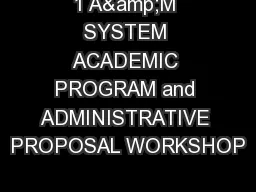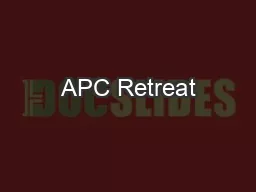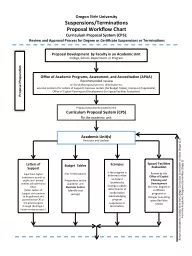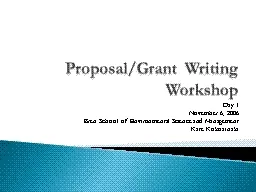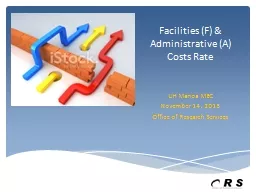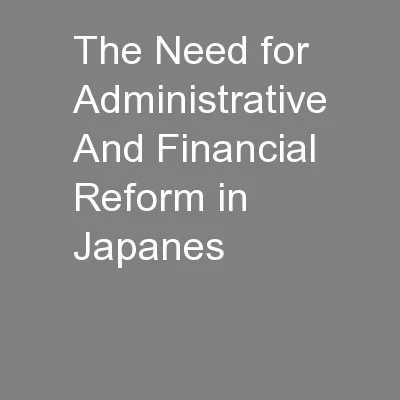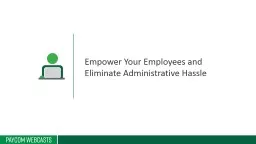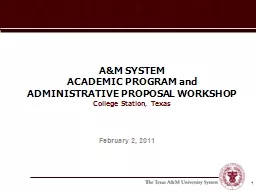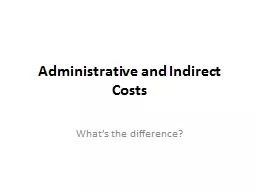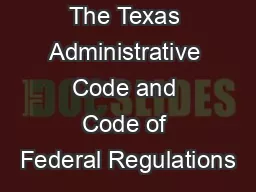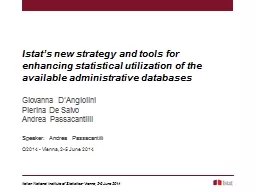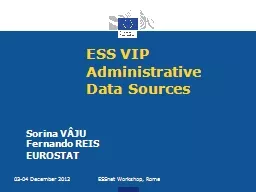PPT-1 A&M SYSTEM ACADEMIC PROGRAM and ADMINISTRATIVE PROPOSAL WORKSHOP
Author : alida-meadow | Published Date : 2018-11-03
College Station Texas February 2 2011 Introductions TAMUS Ken Poenisch Associate Vice Chancellor AA Irma Harper Assistant Vice Chancellor AA Shauna King Assistant
Presentation Embed Code
Download Presentation
Download Presentation The PPT/PDF document "1 A&M SYSTEM ACADEMIC PROGRAM and AD..." is the property of its rightful owner. Permission is granted to download and print the materials on this website for personal, non-commercial use only, and to display it on your personal computer provided you do not modify the materials and that you retain all copyright notices contained in the materials. By downloading content from our website, you accept the terms of this agreement.
1 A&M SYSTEM ACADEMIC PROGRAM and ADMINISTRATIVE PROPOSAL WORKSHOP: Transcript
Download Rules Of Document
"1 A&M SYSTEM ACADEMIC PROGRAM and ADMINISTRATIVE PROPOSAL WORKSHOP"The content belongs to its owner. You may download and print it for personal use, without modification, and keep all copyright notices. By downloading, you agree to these terms.
Related Documents

